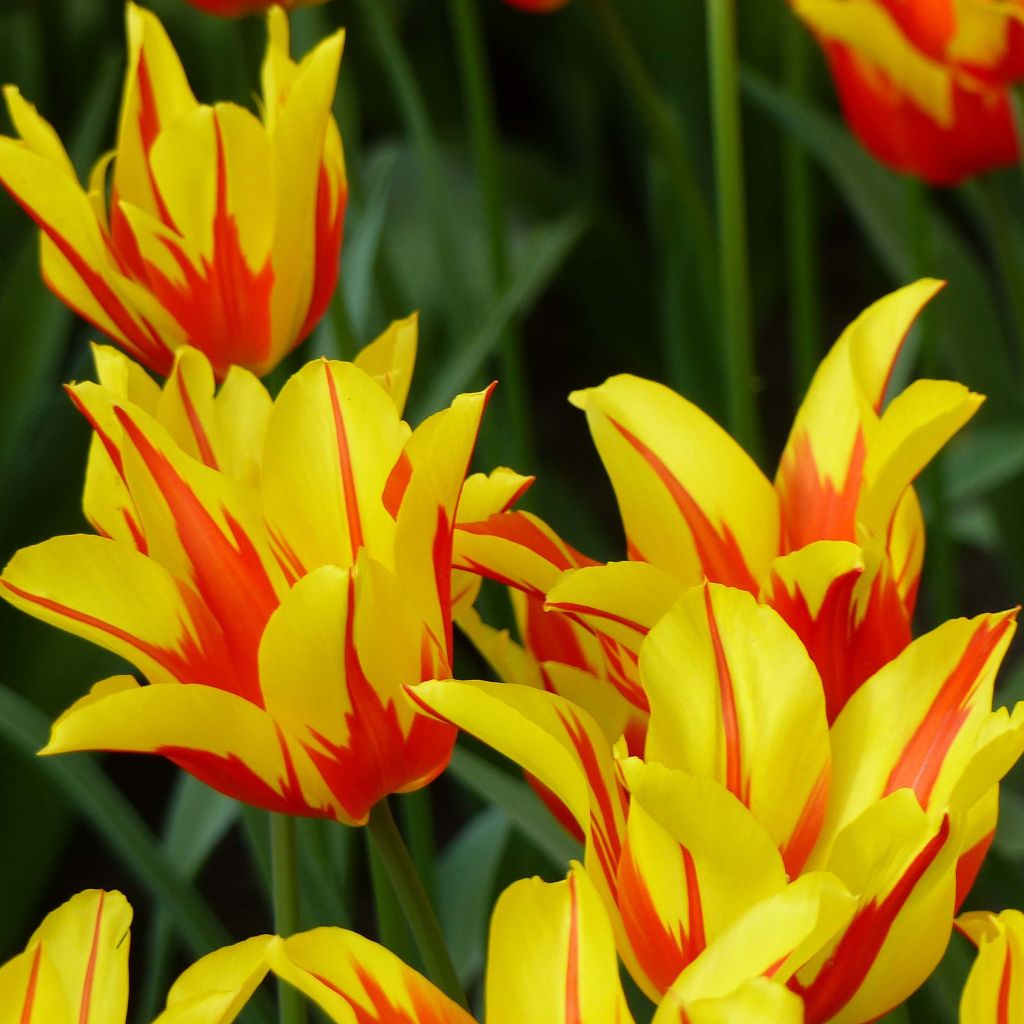

Tulipa Fire Wings - Lily flowering Tulip
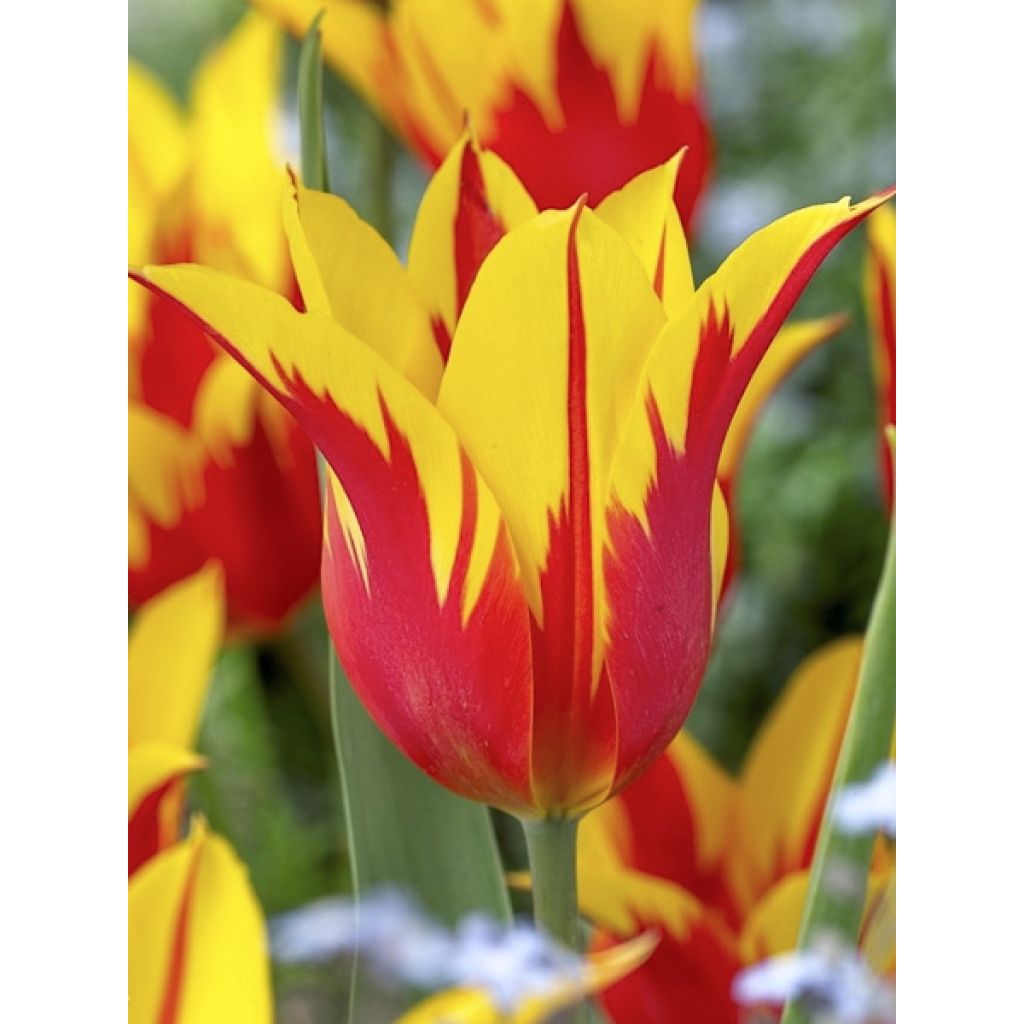

Tulipa Fire Wings - Lily flowering Tulip
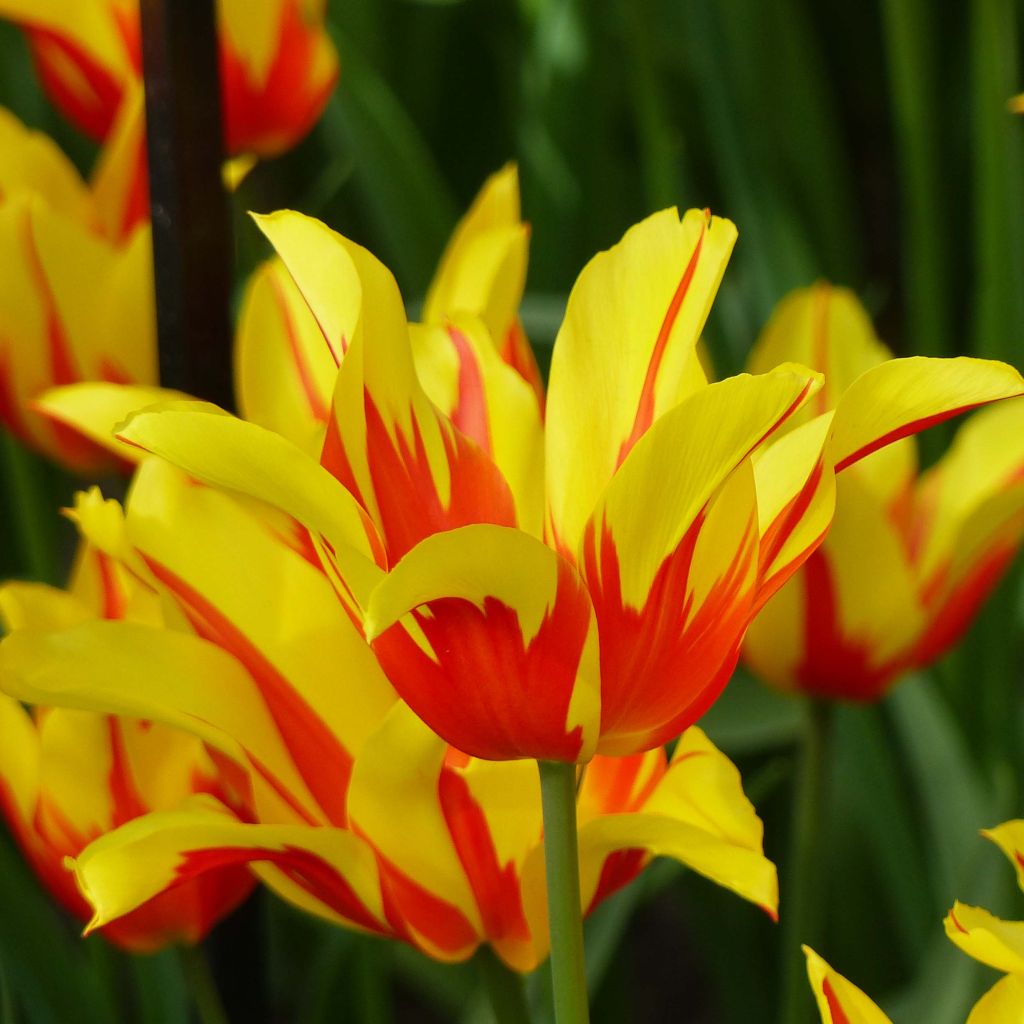

Tulipa Fire Wings - Lily flowering Tulip
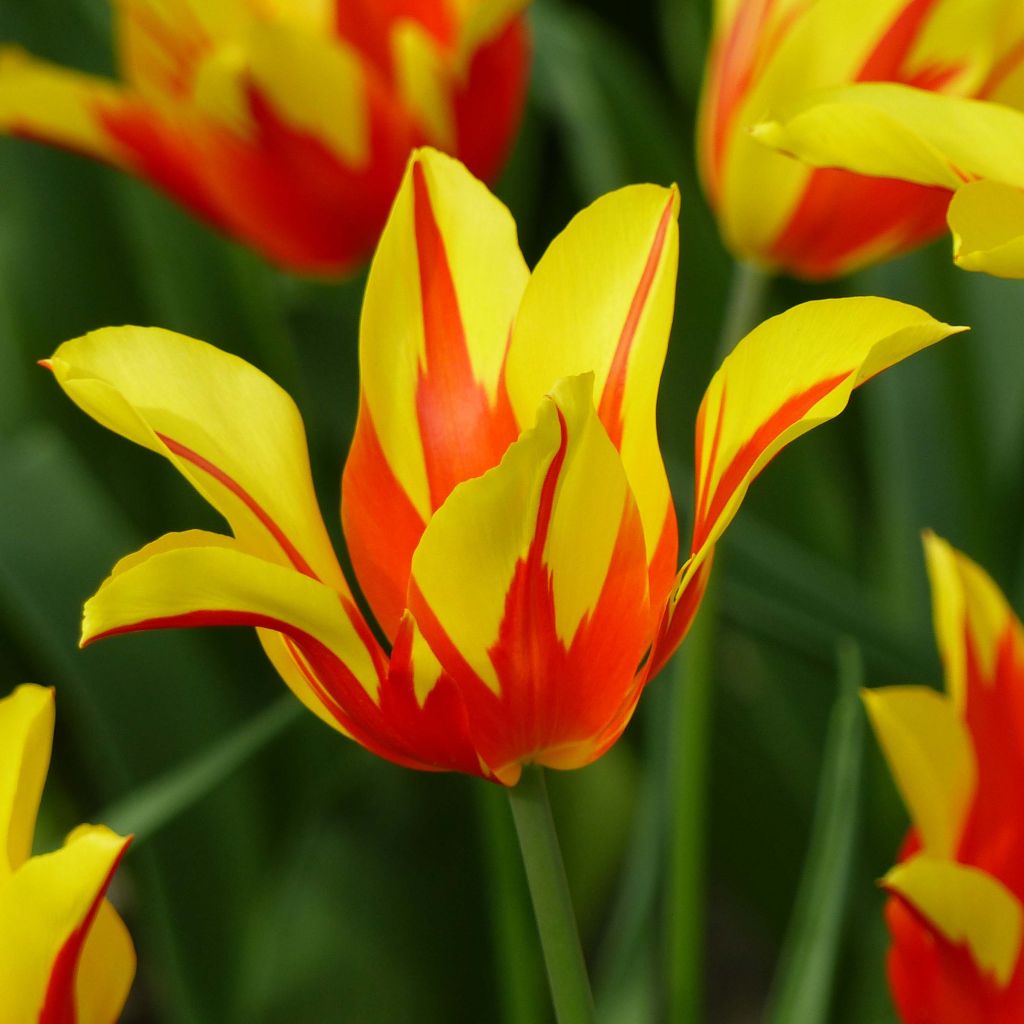

Tulipa Fire Wings - Lily flowering Tulip
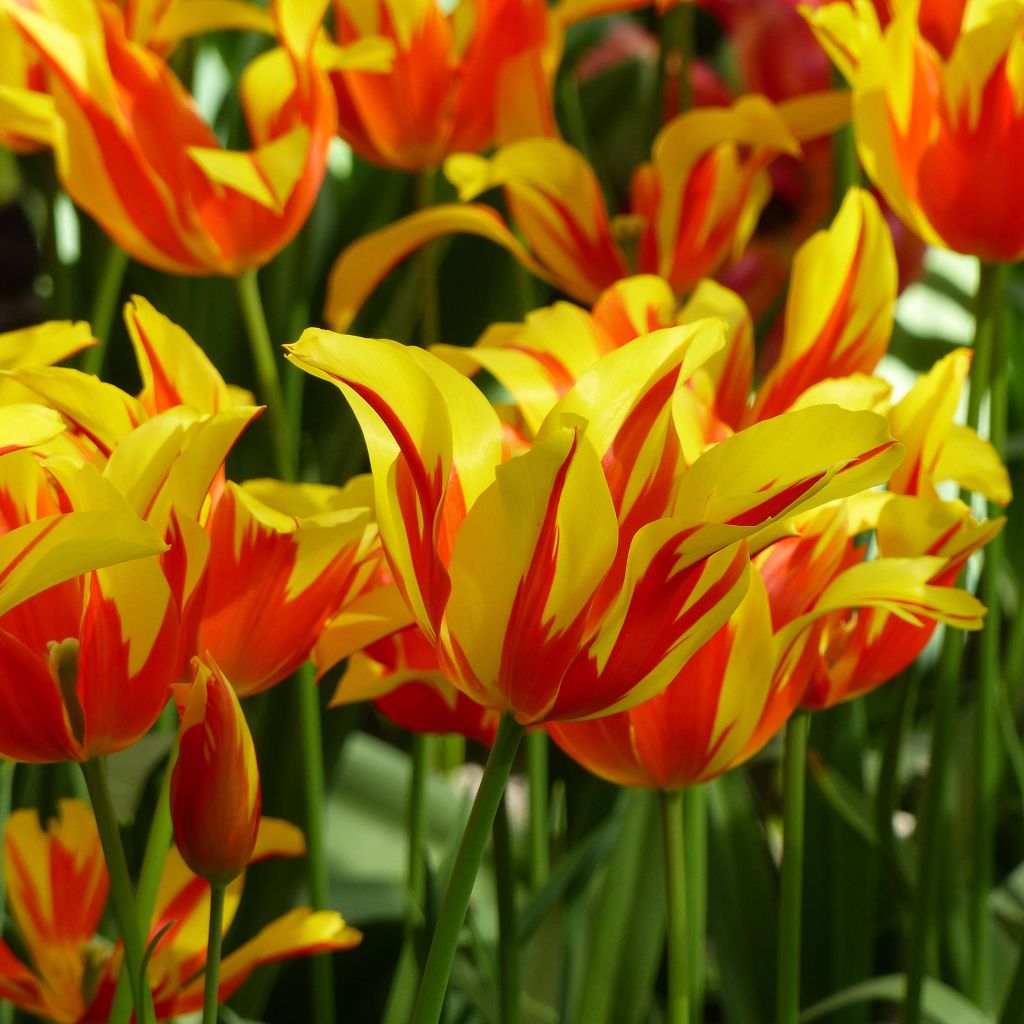

Tulipa Fire Wings - Lily flowering Tulip
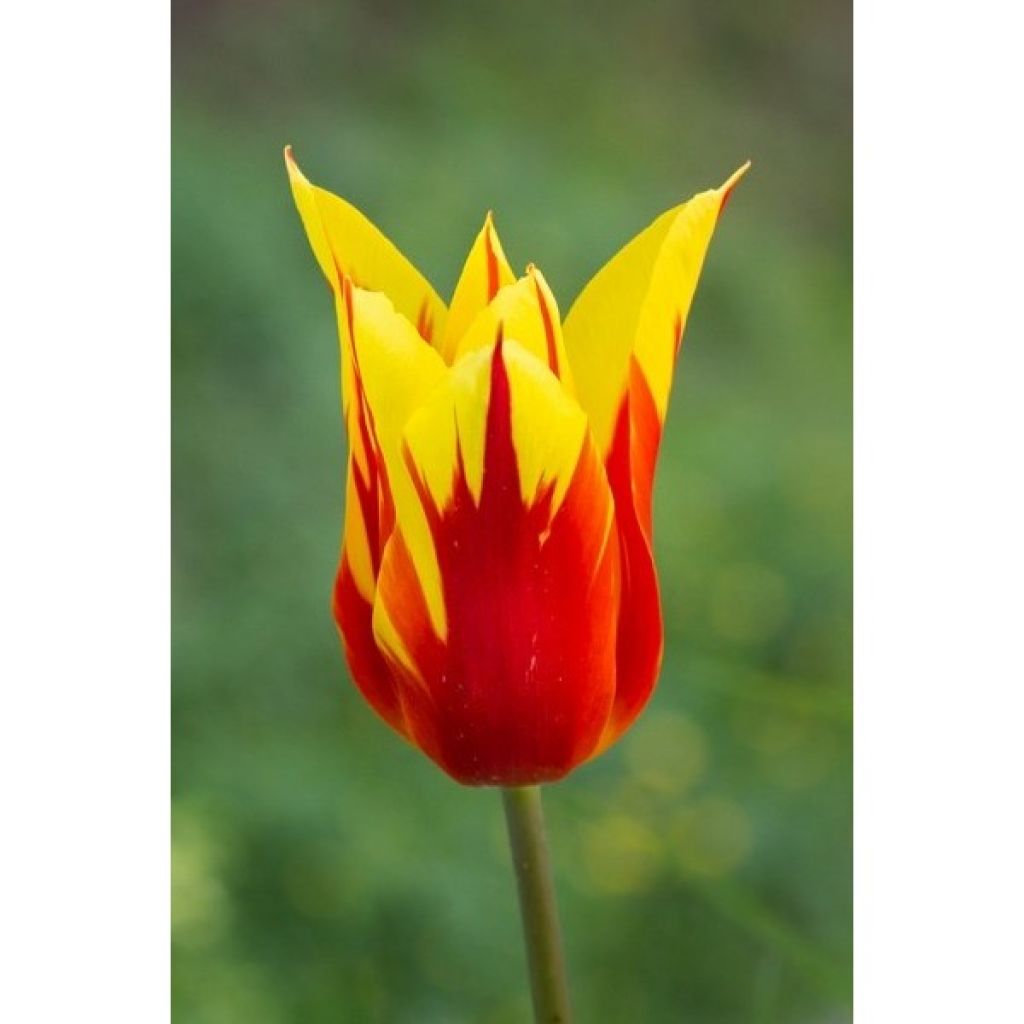

Tulipa Fire Wings - Lily flowering Tulip
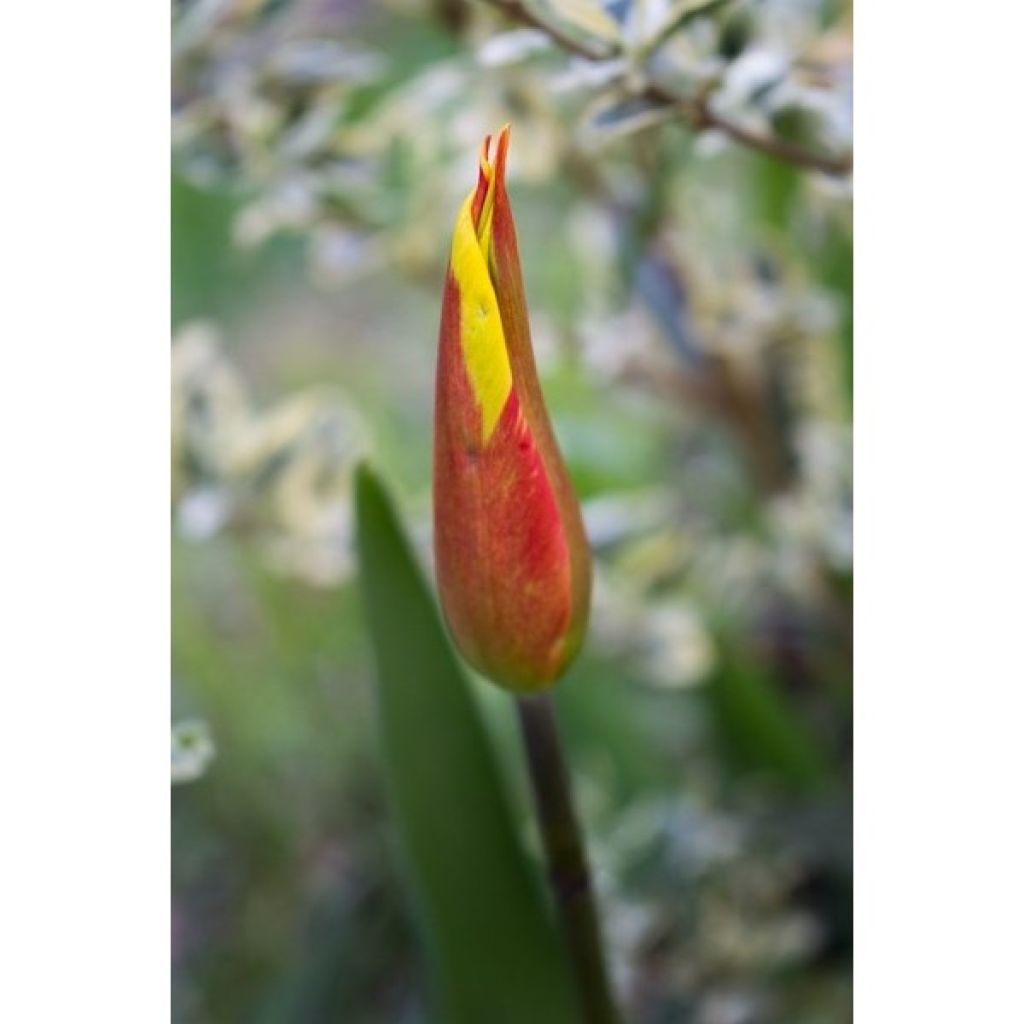

Tulipa Fire Wings - Lily flowering Tulip
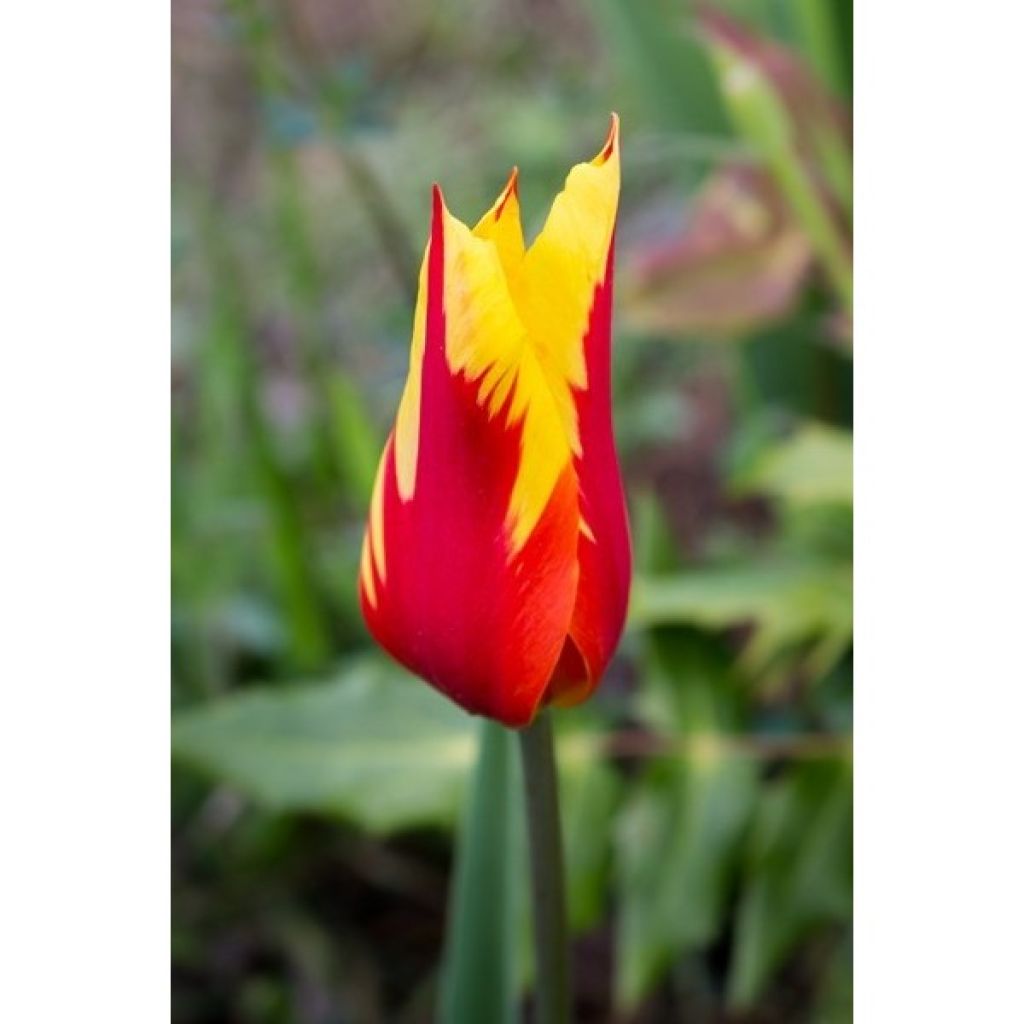

Tulipa Fire Wings - Lily flowering Tulip
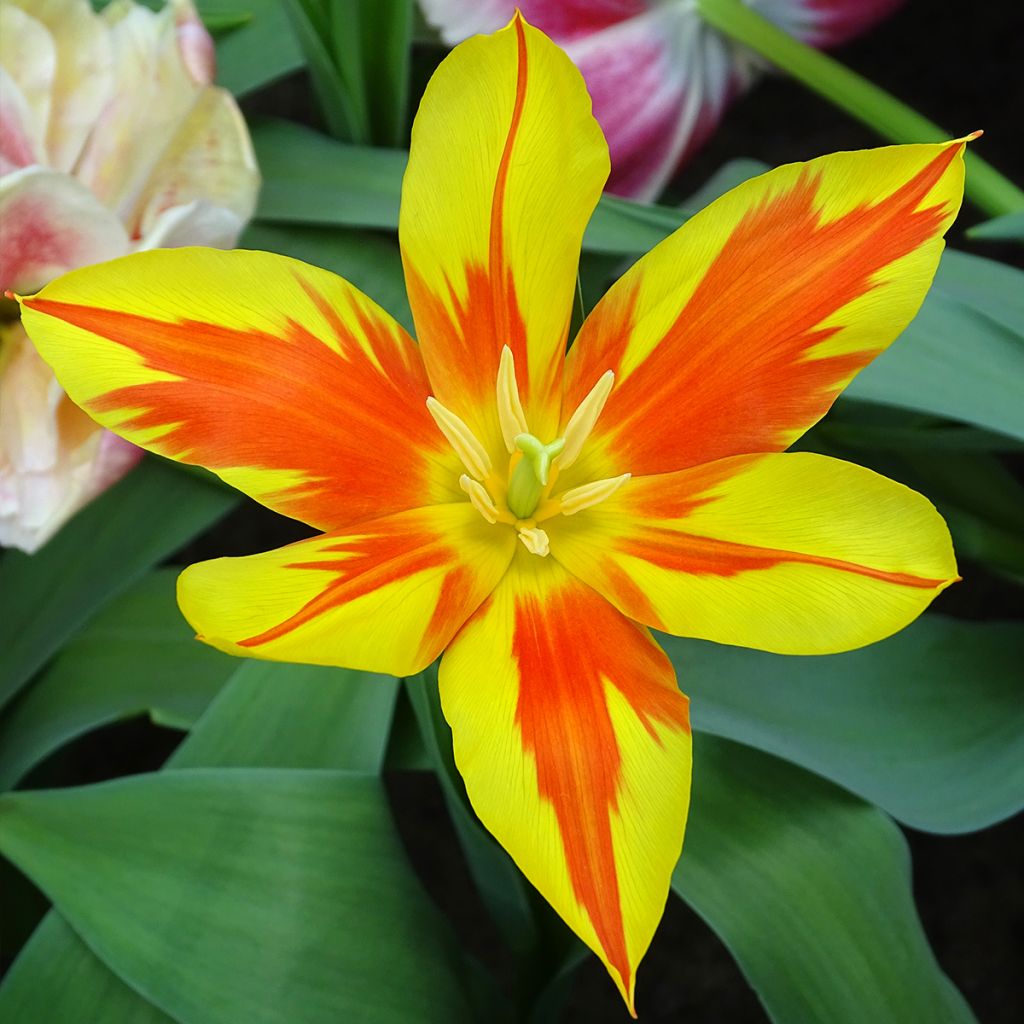

Tulipa Fire Wings - Lily flowering Tulip
Tulipa Fire Wings - Lily flowering Tulip
Tulipa Fire Wings
Tulip
These tulips are going to become my favorites. The colour is splendid, a true explosion of colours with a very beautiful habit." Analyse du texte traduit : - "These tulips are going to become my favorites." : Le temps utilisé (présent continu) est approprié pour exprimer une action future certaine. - "The colour is splendid, a true explosion of colours" : La structure de la phrase est correcte et transmet correctement le sens du texte original. - "with a very beautiful habit" : Le terme "habit" est utilisé ici pour décrire la manière dont les tulipes se tiennent. Il est traduit par "port" pour correspondre au glossaire donné.
Chacha, 11/04/2021
This plant carries a 6 months recovery warranty
More information
We guarantee the quality of our plants for a full growing cycle, and will replace at our expense any plant that fails to recover under normal climatic and planting conditions.
From €5.90 for pickup delivery and €6.90 for home delivery
Express home delivery from €8.90.

Does this plant fit my garden?
Set up your Plantfit profile →
Description
Tulipa 'Fire Wings' carries its name like a torch. Its variegated flower of red and yellow, enhanced by the graceful curve of its pointed and slightly recurved petals, resembles a flame or the wings of an exotic bird. Astonishing when planted en masse, it is the queen of cut flowers and is ideal for creating unique bouquets. It is a late-flowering variety. It persists well in the garden.
Lily-flowered tulips were created at the beginning of the 20th century. They have retained the robustness and simplicity of their ancestor, the magnificent Tulipa acuminata. This botanical species originates from Turkey. It became extinct in the wild, but survived, in its red and yellow form, among English and Dutch enthusiasts. One can find acuminated tulips of all kinds on the frescoes and ceramics of the Topkapi Palace in Istanbul, already adored at that time by the sultans. The flower undergoes a surprising metamorphosis, going from spider-like to lily-flowered in the span of a day.
'Fire Wings' was introduced in the Netherlands in 2004. Like all tulips, it belongs to the Liliaceae family. It is classified in division 6 of horticultural tulips. The main characteristics of this category are as follows: they bear single flowers and bloom in the second half of spring, the cups are narrow, the pointed tepals are recurved at opening and open in an 8cm (3in) wide star shape. During the day, these flowers become spider-like and widely open. The red is found towards the base of the corolla. It is randomly and irregularly flamed with yellow along the edge. This variety will reach a height of approximately 45cm (18in) when in bloom. Flowering takes place at the end of April or beginning of May. The foliage is thinner than that of other tulips. Each solitary flower is supported by a seemingly delicate stem, but resistant to inclement weather.
'Fire Wings' boasts red and yellow tones in a dazzling display. The flowers seem almost transparent when the sun shines through its petals. It finds its place in large beds, planted in small groups, for example, between blue or green flowers. As its flowering is late, it extends the season. Pair it with wood hyacinths (Scilla nutans) or Siberian squills to create a colourful scene. Alternatively, plant it with Corsican hellebores and euphorbias. It can also be planted in pots and containers to beautify balconies and patios. It is ideal for creating bouquets.
Only use a little water in a vase. If your tulips open too quickly, you can add two to three ice cubes to the vase each day. Many varieties of lily-flowered tulips are grown for forcing and produce cut flowers for a large part of the year.
Report an error about the product description
Tulipa Fire Wings - Lily flowering Tulip in pictures
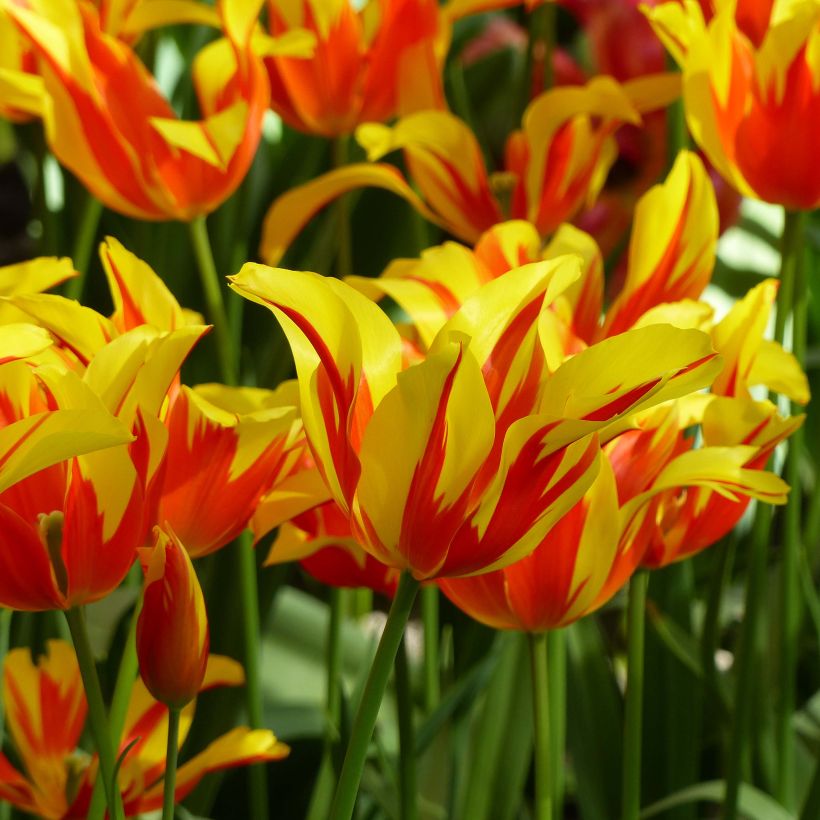

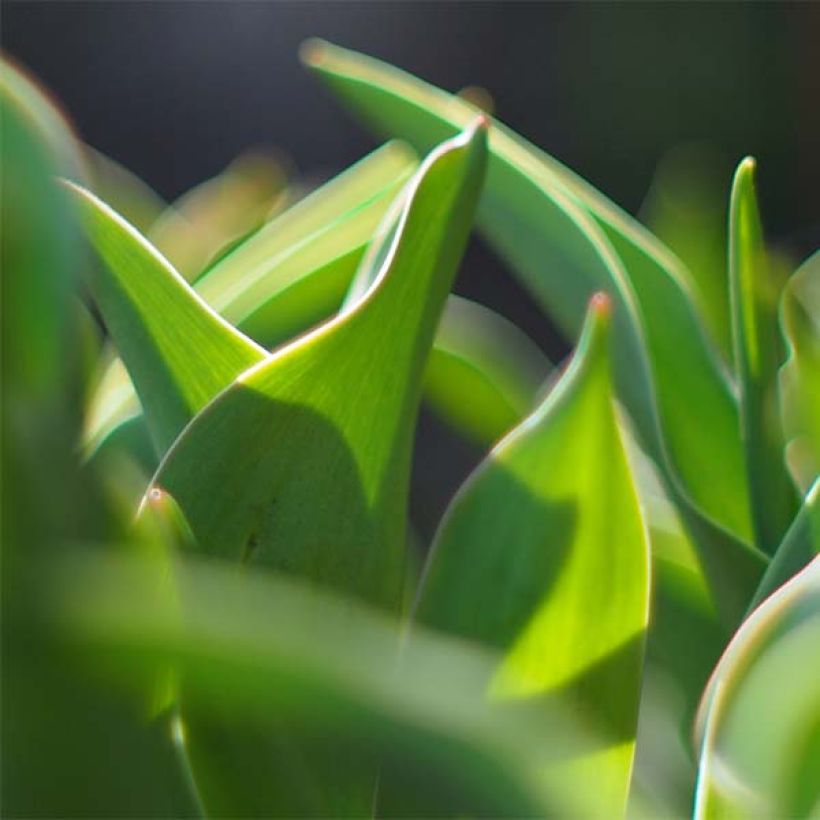

Plant habit
Flowering
Foliage
Botanical data
Tulipa
Fire Wings
Liliaceae
Tulip
Cultivar or hybrid
Planting and care
Plant the bulbs in autumn, from September to December, at a depth of 15cm (6in), spaced 10cm (4in) apart. Plant in ordinary, slightly acidic, neutral, or slightly alkaline, loose, well-worked, and well-drained soil. Never add undecomposed manure or compost to the planting soil, as this could cause the bulbs to rot. 'Fire Wings' will grow well in moist to dry soil in summer. Plant it in a sunny or semi-shaded location. Once flowering is finished, it is wise to remove the fruits to avoid exhausting the plant.
Planting period
Intended location
Care
-
, onOrder confirmed
Reply from on Promesse de fleurs
Haven't found what you were looking for?
Hardiness is the lowest winter temperature a plant can endure without suffering serious damage or even dying. However, hardiness is affected by location (a sheltered area, such as a patio), protection (winter cover) and soil type (hardiness is improved by well-drained soil).

Photo Sharing Terms & Conditions
In order to encourage gardeners to interact and share their experiences, Promesse de fleurs offers various media enabling content to be uploaded onto its Site - in particular via the ‘Photo sharing’ module.
The User agrees to refrain from:
- Posting any content that is illegal, prejudicial, insulting, racist, inciteful to hatred, revisionist, contrary to public decency, that infringes on privacy or on the privacy rights of third parties, in particular the publicity rights of persons and goods, intellectual property rights, or the right to privacy.
- Submitting content on behalf of a third party;
- Impersonate the identity of a third party and/or publish any personal information about a third party;
In general, the User undertakes to refrain from any unethical behaviour.
All Content (in particular text, comments, files, images, photos, videos, creative works, etc.), which may be subject to property or intellectual property rights, image or other private rights, shall remain the property of the User, subject to the limited rights granted by the terms of the licence granted by Promesse de fleurs as stated below. Users are at liberty to publish or not to publish such Content on the Site, notably via the ‘Photo Sharing’ facility, and accept that this Content shall be made public and freely accessible, notably on the Internet.
Users further acknowledge, undertake to have ,and guarantee that they hold all necessary rights and permissions to publish such material on the Site, in particular with regard to the legislation in force pertaining to any privacy, property, intellectual property, image, or contractual rights, or rights of any other nature. By publishing such Content on the Site, Users acknowledge accepting full liability as publishers of the Content within the meaning of the law, and grant Promesse de fleurs, free of charge, an inclusive, worldwide licence for the said Content for the entire duration of its publication, including all reproduction, representation, up/downloading, displaying, performing, transmission, and storage rights.
Users also grant permission for their name to be linked to the Content and accept that this link may not always be made available.
By engaging in posting material, Users consent to their Content becoming automatically accessible on the Internet, in particular on other sites and/or blogs and/or web pages of the Promesse de fleurs site, including in particular social pages and the Promesse de fleurs catalogue.
Users may secure the removal of entrusted content free of charge by issuing a simple request via our contact form.
The flowering period indicated on our website applies to countries and regions located in USDA zone 8 (France, the United Kingdom, Ireland, the Netherlands, etc.)
It will vary according to where you live:
- In zones 9 to 10 (Italy, Spain, Greece, etc.), flowering will occur about 2 to 4 weeks earlier.
- In zones 6 to 7 (Germany, Poland, Slovenia, and lower mountainous regions), flowering will be delayed by 2 to 3 weeks.
- In zone 5 (Central Europe, Scandinavia), blooming will be delayed by 3 to 5 weeks.
In temperate climates, pruning of spring-flowering shrubs (forsythia, spireas, etc.) should be done just after flowering.
Pruning of summer-flowering shrubs (Indian Lilac, Perovskia, etc.) can be done in winter or spring.
In cold regions as well as with frost-sensitive plants, avoid pruning too early when severe frosts may still occur.
The planting period indicated on our website applies to countries and regions located in USDA zone 8 (France, United Kingdom, Ireland, Netherlands).
It will vary according to where you live:
- In Mediterranean zones (Marseille, Madrid, Milan, etc.), autumn and winter are the best planting periods.
- In continental zones (Strasbourg, Munich, Vienna, etc.), delay planting by 2 to 3 weeks in spring and bring it forward by 2 to 4 weeks in autumn.
- In mountainous regions (the Alps, Pyrenees, Carpathians, etc.), it is best to plant in late spring (May-June) or late summer (August-September).
The harvesting period indicated on our website applies to countries and regions in USDA zone 8 (France, England, Ireland, the Netherlands).
In colder areas (Scandinavia, Poland, Austria...) fruit and vegetable harvests are likely to be delayed by 3-4 weeks.
In warmer areas (Italy, Spain, Greece, etc.), harvesting will probably take place earlier, depending on weather conditions.
The sowing periods indicated on our website apply to countries and regions within USDA Zone 8 (France, UK, Ireland, Netherlands).
In colder areas (Scandinavia, Poland, Austria...), delay any outdoor sowing by 3-4 weeks, or sow under glass.
In warmer climes (Italy, Spain, Greece, etc.), bring outdoor sowing forward by a few weeks.


































